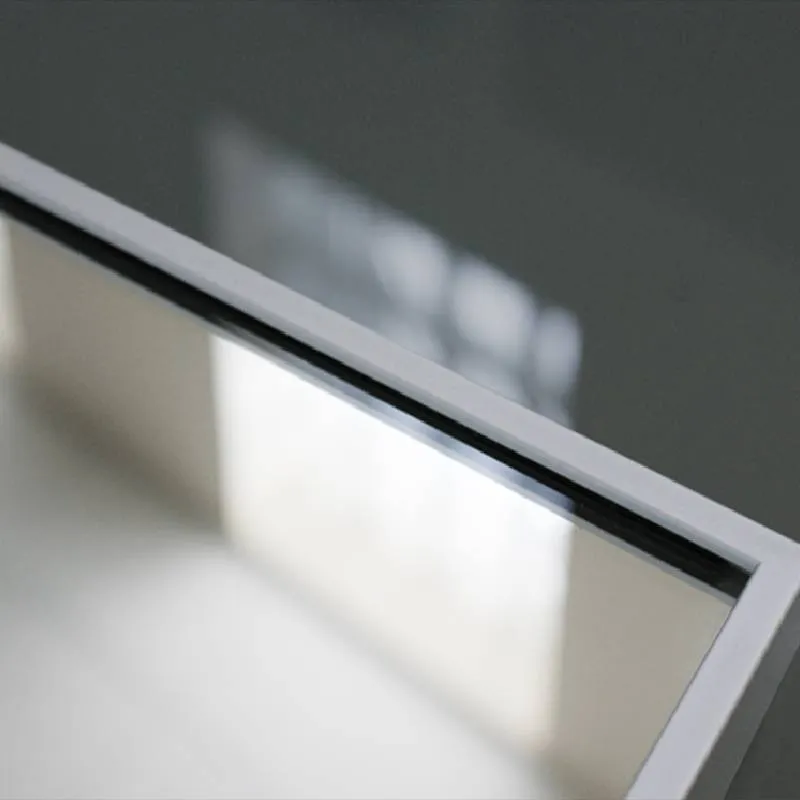

The Benefits and Applications of Dual Low-E Glass
In the contemporary world, energy efficiency and sustainability have become paramount in architectural design and construction. One of the key innovations contributing to this movement is dual low-emissivity (low-E) glass. This type of glass is engineered to minimize the amount of infrared and ultraviolet light that can enter a building, without compromising the amount of natural light that illuminates the space. The incorporation of dual low-E glass in building designs provides numerous benefits, making it an increasingly popular choice for both residential and commercial properties.
Understanding Dual Low-E Glass
Low-E glass is coated with a fine layer of metal or metallic oxide that reflects heat back into a room during colder months while also reflecting unwanted heat away from the building during warmer months. The term dual signifies the presence of two such low-E coatings on the glass, enhancing its ability to regulate temperature extremes. This dual-layered system creates an exceptional thermal barrier, making it significantly more efficient than single-coated or traditional glass.
Energy Efficiency
One of the primary advantages of dual low-E glass is its ability to improve energy efficiency in buildings. By reducing the need for heating and cooling, this glass can lead to considerable energy savings. According to studies, buildings that utilize dual low-E glass can achieve energy savings of up to 30% compared to those using standard glass. This reduction not only translates to lower utility bills for homeowners and businesses but also contributes to a significant decrease in the building's overall carbon footprint, making it an environmentally friendly option.
The Benefits and Applications of Dual Low-E Glass
The use of dual low-E glass significantly enhances the comfort of indoor environments. By stabilizing the temperatures within a building, it minimizes hot and cold spots near windows, leading to a more consistent and pleasant interior climate. Furthermore, this type of glass reduces glare from the sun, allowing occupants to enjoy natural light without discomfort. This is especially important in commercial settings, where glare can affect productivity and comfort levels for employees and clients.

Noise Reduction
In addition to thermal benefits, dual low-E glass also offers sound insulation properties. The combination of air or inert gas fills between the dual panes reduces the transmission of noise from the outside. This is particularly beneficial for buildings located in urban areas or near busy roads, where external noise can disrupt daily activities and diminish the quality of life. With dual low-E glass, occupants can enjoy a quieter and more peaceful indoor environment.
UV Protection
Another significant advantage of dual low-E glass is its ability to block harmful ultraviolet (UV) rays. These rays can cause damage to furniture, flooring, and artwork, leading to fading and deterioration over time. Dual low-E glass can block up to 99% of UV rays, providing essential protection for valuable interior finishes and furnishings. This not only preserves the aesthetic appeal of a space but also extends the lifespan of these items, reducing the need for replacements or repairs.
Aesthetic Versatility
Beyond practical benefits, dual low-E glass also offers aesthetic versatility. It is available in various finishes and styles, allowing architects and designers to select options that complement the overall design of a building. The clear appearance of low-E glass ensures that natural light floods indoor spaces without compromising visibility or style, making it a popular choice for modern architecture.
Conclusion
In conclusion, dual low-E glass represents a significant advancement in building materials, driven by a focus on energy efficiency, comfort, and sustainability. Its ability to regulate temperature, reduce noise, block UV rays, and offer aesthetic flexibility makes it an exceptional choice for modern buildings. As the importance of reducing energy consumption continues to grow, dual low-E glass stands out as a cornerstone for achieving a more sustainable and comfortable living environment. Adopting this technology not only benefits individual property owners but also contributes to a collective effort toward a greener and more sustainable future.